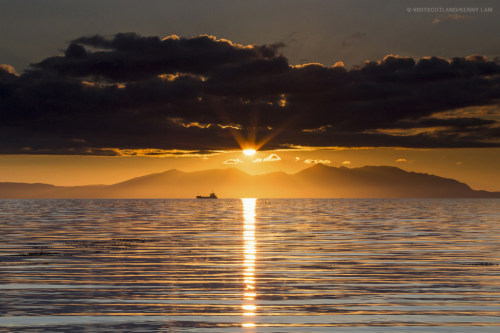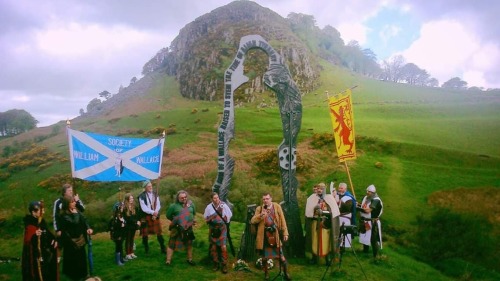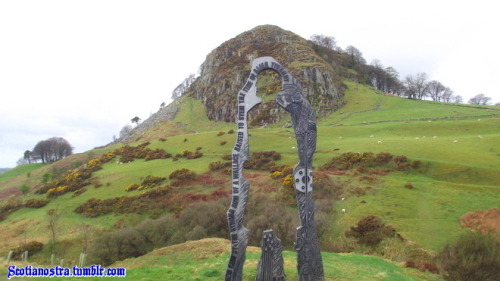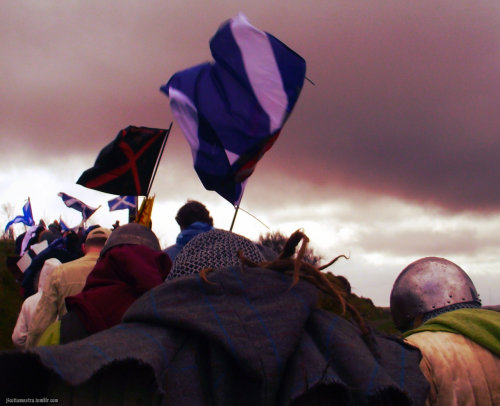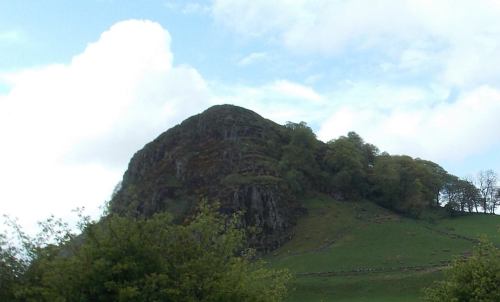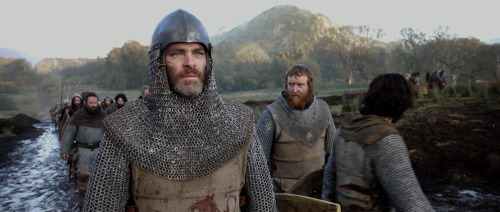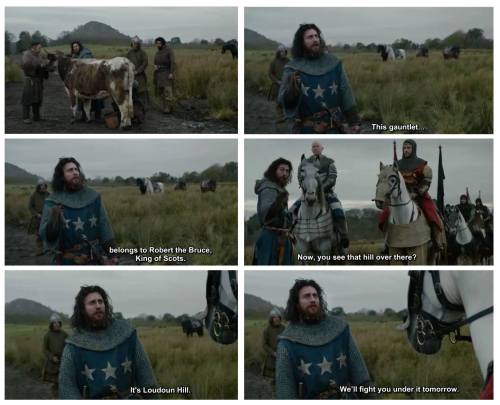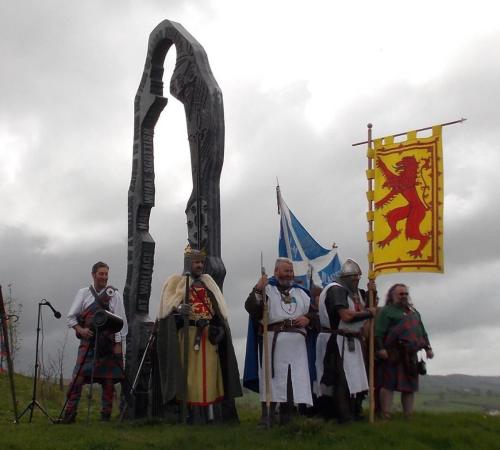#ayrshire

Snowy Isle of Arran.
World of contrasts.
May 10th 1307 saw a Scottish army led by Robert the Bruce defeat an English Army at the Battle of Loudon Hill.
The Battle of Loudoun Hill is significant as one of the first victories of King Robert I against the English forces, then under Aymer de Valence, following his inauguration as King. As a result of the defeat, Edward I resolves to deal with Bruce personally, but his failing health leads to his death before he even reaches Scotland. Meanwhile, having been victorious in battle, Bruce’s cause is boosted and he begins to strengthen his position in Scotland afterwards.
Following on from the skirmish at Glen Trool, where Bruce had caused the English army to flee when they attempted to attack his camp, Bruce and de Valence met again at Loudoun Hill. As the battle was arranged following a challenge by the English commander, Bruce was able to arrive first and prepare the ground before his enemy reached the area. With ditches restricting the ground available for manoeuvre, Bruce was able to overcome the much larger English army and inflict heavy casualties on them.
He cut three ditches inward from the edge of the mosses, leaving 90m gaps in the centre which were guarded by dismounted pikemen, while soil embankments with ditches protected the flanks. Bruce then gathered his small force and awaited the approach of the English army. De Valence advanced with around 3,000 men. The English force was split into two squadrons as they advanced on Bruce’s army. The Scots used their spears to great effect against both men and horses, leaving many wounded, and then charged them as the English assault began to collapse, at which they broke and fled. There was probably no pursuit as the Scots were on foot and thus were unable to chase down the mounted English forces.
The only description available of the Scottish army is a comment that Bruce placed dismounted pikemen at the gaps in dykes constructed on the battlefield;Bruce’s biographer, John Barbour writes
“The king’s men met them at the dyke
So stoutly that the most warlike
And strongest of them fell to the ground.
Then could be heard a dreadful sound
As spears on armour rudely shattered,
And cries and groans the wounded uttered.
For those that first engaged in fight
Battled and fought with all their might.
Their shouts and cries rose loud and clear;
A grievous noise it was to hear.”
A plaque on the summit of the hill marks the battle.
Pics are a mixture of my own, from some of the commemorations, and from the film Outlaw King.
Post link





